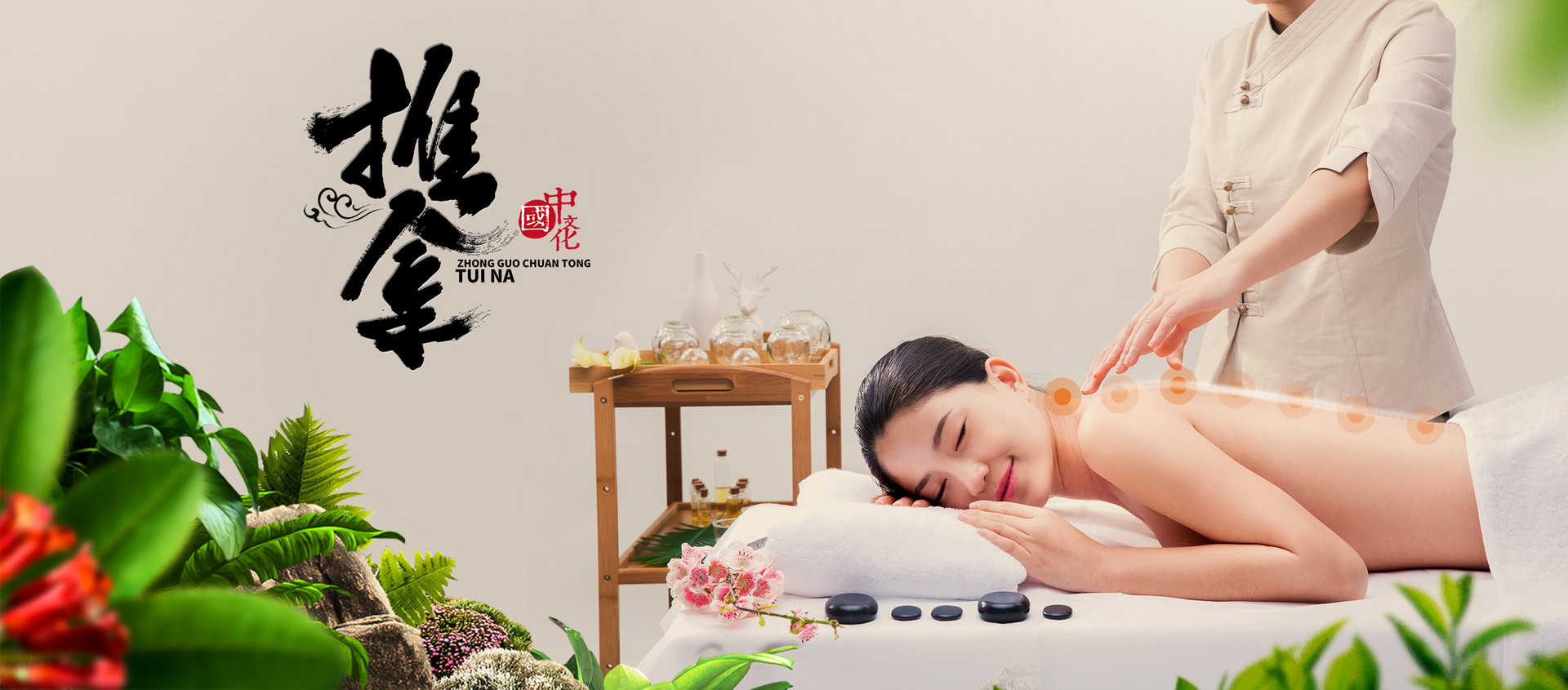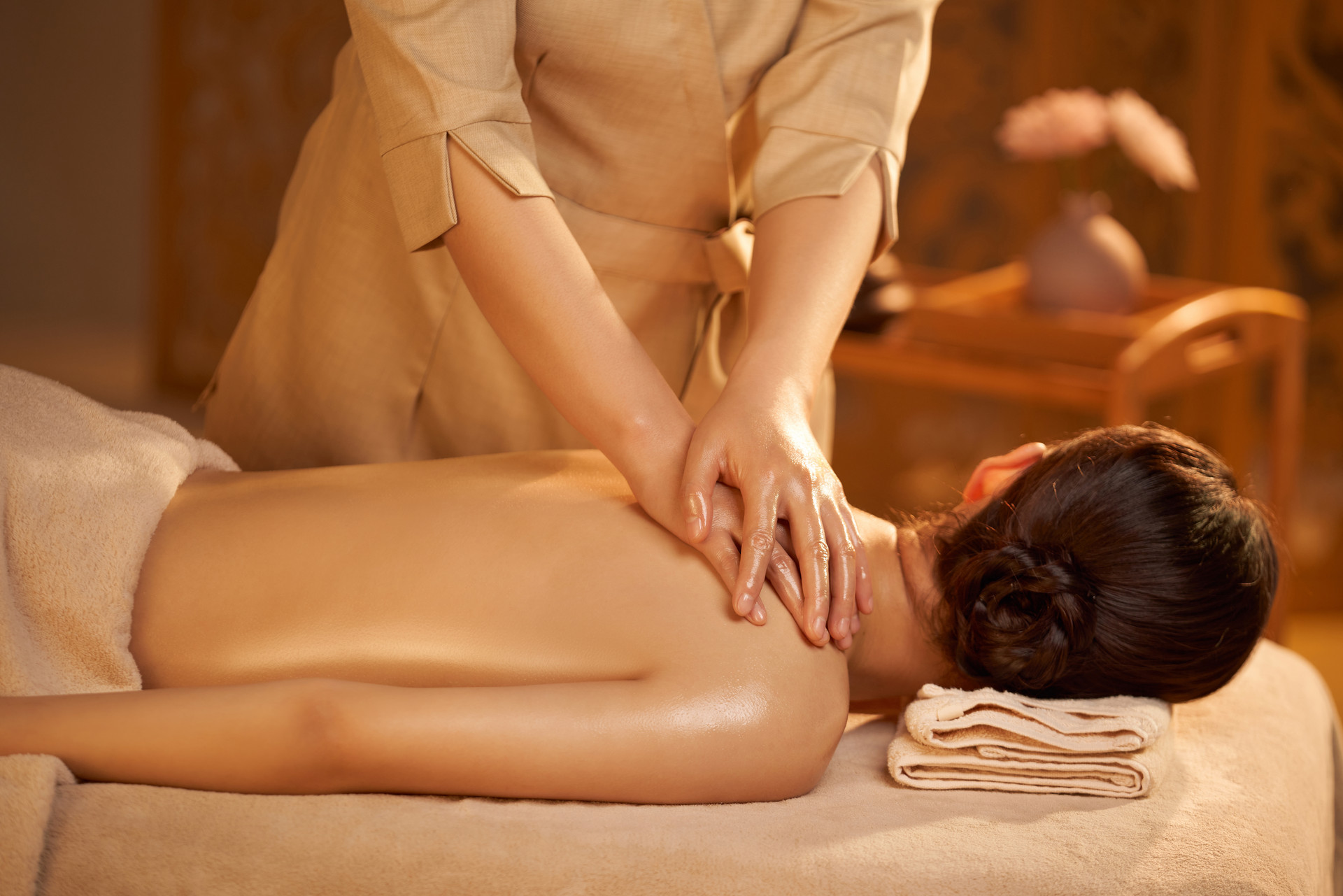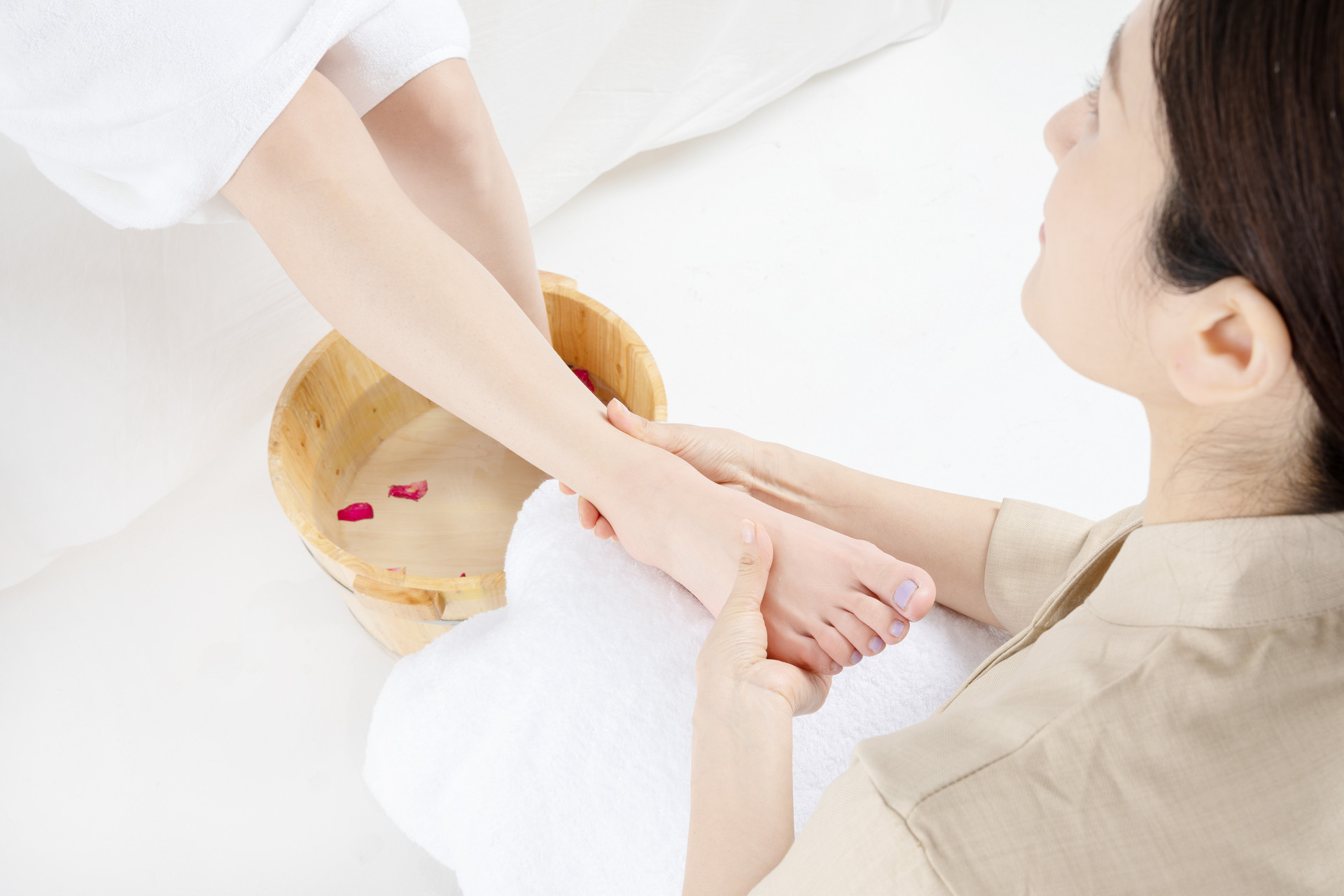1. Overview
Whiplash, also known as "stiff neck" or "sleeping wrong," is clinically characterized by acute muscle spasms, stiffness, soreness, and pain in the neck. It restricts movement of the neck and can radiate to the head and upper limbs. Mild cases usually resolve within a week, while severe cases may cause intense pain that lasts for weeks. Frequent occurrences of whiplash are often an early sign of cervical spondylosis.
2. Causes and Pathogenesis
⑴ Muscle injury: Sleeping in a poor position, using an unsuitable pillow that is too high, too low, or too hard can cause prolonged stretching of the muscles on one side, leading to static force injuries. This can cause swelling in the muscles (such as the sternocleidomastoid, trapezius, and levator scapulae muscles) or injuries when the neck muscles are not coordinated during turning.
⑵ Exposure to wind and cold, which causes stagnation of qi and blood in the neck and back, leading to stiffness, pain, and limited movement.
3. Clinical Manifestations
⑴ Stiffness and pain in the neck and shoulder area, usually on one side, especially in the morning. Severe pain can radiate to the head or upper limbs. Some patients support their head with their hands and walk slowly to avoid pain caused by shaking. There are widespread tender points, mostly around the spinous process or the sternocleidomastoid muscle, and the inner upper corner of the scapula.
⑵ Limited neck function, restricted movement in flexion, extension, rotation, and lateral bending, often compensated by body rotation.
4. Treatment
⑴ The patient sits and performs massage on the painful area of the neck and shoulders for 10 minutes.
⑵ Acupressure on Fengchi, Jianjing, Tianzong, Bafeng, Ashi, and other acupoints.
⑶ Finger kneading of tense muscles.
⑷ Neck manipulation.
⑸ Neck lateral pushing method: The doctor stands on the affected side, presses down on the affected shoulder with one hand or forearm, and supports the side of the head with the other hand. The two hands apply force in opposite directions, pushing the head and pressing the shoulder 2-3 times.
⑹ Shoulder well technique, rubbing and kneading the shoulder area.











